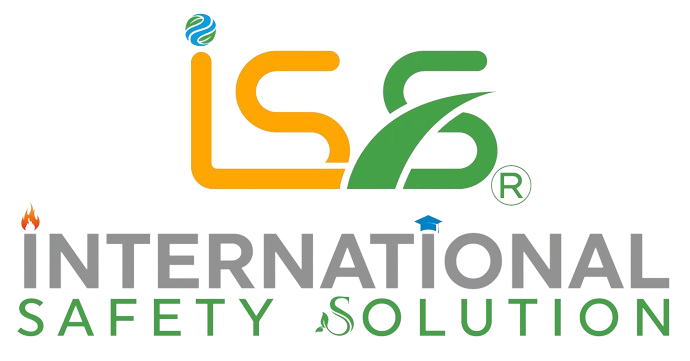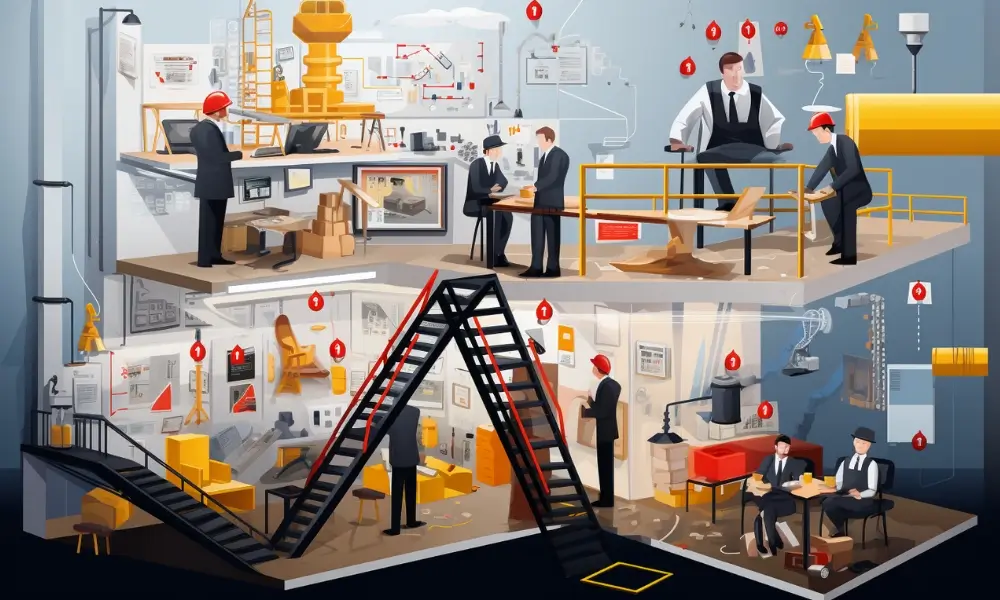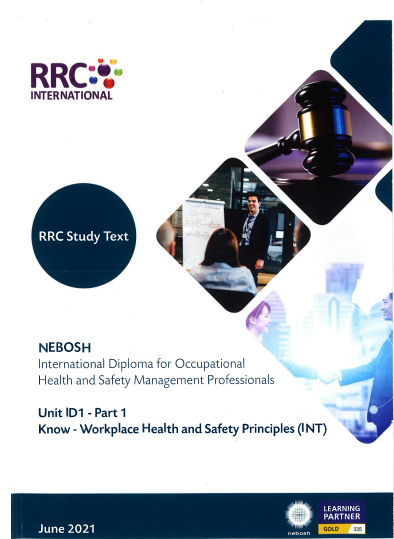What Is A Dynamic Risk Assessment?
Dynamic Risk Assessment (DRA) is a proactive approach to risk management that involves continuously identifying, assessing, and controlling risks in real-time. Unlike traditional risk assessments that are conducted periodically, DRA takes into account the ever-changing nature of risks and the dynamic environment in which organizations operate.
Key Characteristics of Dynamic Risk Assessment
Dynamic Risk Assessment possesses several key characteristics that set it apart from traditional risk management practices:
- Real-time monitoring: DRA involves constant monitoring and evaluation of risks as they unfold, allowing organizations to respond promptly and effectively.
- Flexibility: DRA adapts to changing circumstances, taking into account new information, emerging risks, and evolving organizational needs.
- Collaboration: DRA encourages the involvement of all stakeholders, fostering a collective effort to identify and manage risks.
- Integration: DRA seamlessly integrates risk management into everyday operations, ensuring that risks are addressed as part of routine decision-making processes.
Defining Risk in an Organizational Context
Risk, in an organizational context, refers to the potential for events or circumstances to have a negative impact on the achievement of objectives. These objectives can range from financial goals to operational efficiency, safety, and reputation.
Understanding the Role of Dynamic Risk Assessment
Dynamic Risk Assessment plays a crucial role in helping organizations manage risks effectively. By continuously monitoring and evaluating risks, organizations can:
- Identify and assess emerging risks: DRA enables organizations to identify new risks that may arise from changes in the internal or external environment.
- Take proactive measures: DRA allows organizations to take immediate action to prevent or mitigate risks before they escalate.
- Enhance decision-making: DRA provides organizations with real-time information and insights, enabling informed decision-making that considers potential risks.
- Improve safety and performance: By addressing risks promptly, organizations can create a safer work environment and improve overall performance.
Types of Risks Addressed Through Dynamic Risk Assessment
Dynamic Risk Assessment is a versatile approach that can address various types of risks, including but not limited to:
- Operational risks: Risks associated with day-to-day operations, such as equipment failure, human error, or process inefficiencies.
- Health and safety risks: Risks that pose a threat to the well-being of employees, contractors, or other stakeholders.
- Environmental risks: Risks related to the impact of organizational activities on the environment, such as pollution or resource depletion.
- Financial risks: Risks that may affect the financial stability and viability of the organization, including market fluctuations or economic uncertainties.
- Reputational risks: Risks that can damage the organization’s reputation, such as negative publicity or customer dissatisfaction.
Confidently Managing Risks With Dynamic Risk Assessment
Dynamic Risk Assessment empowers organizations to confidently manage risks by:
- Proactively identifying risks: DRA enables organizations to identify risks before they materialize, allowing for timely intervention.
- Implementing effective controls: DRA helps organizations implement appropriate controls and measures to mitigate identified risks.
- Monitoring and adapting: DRA facilitates continuous monitoring of risks, allowing organizations to adapt their risk management strategies as needed.
- Improving organizational resilience: By addressing risks in real-time, organizations can enhance their ability to withstand and recover from adverse events.
Integrating Dynamic Risk Assessment in an Organization
To implement Dynamic Risk Assessment effectively, organizations should consider the following steps:
- Identify and assess risks: Conduct a comprehensive risk assessment to identify potential risks and their likelihood and impact.
- Develop risk management strategies: Establish clear protocols and procedures for managing identified risks.
- Integrate risk management into processes: Embed risk management into daily operations, ensuring that it becomes an integral part of decision-making processes.
- Provide training and support: Educate employees on the importance of DRA and provide them with the necessary tools and resources to implement it effectively.
- Evaluate and improve: Continuously evaluate the performance and effectiveness of DRA, making adjustments as needed to enhance its impact.
The Benefits of Dynamic Risk Assessment in Construction and Industrial Settings
Dynamic Risk Assessment offers several benefits in construction and industrial settings:
- Improved safety: DRA helps identify and address potential hazards, reducing the risk of accidents and injuries.
- Enhanced productivity: By proactively managing risks, DRA minimizes disruptions and downtime, leading to improved productivity.
- Cost savings: Addressing risks promptly can prevent costly incidents and damage to equipment or property.
- Legal and regulatory compliance: DRA ensures organizations meet the necessary legal and regulatory requirements, avoiding penalties and reputational damage.
Record-Keeping and Reporting Through Dynamic Risk Assessment in Construction and Industrial Settings
Dynamic Risk Assessment facilitates effective record-keeping and reporting in construction and industrial settings. By documenting risk assessments, actions taken, and outcomes, organizations can:
- Track risk management efforts: Maintain a record of risk assessments and actions taken to demonstrate compliance and continuous improvement.
- Communicate with stakeholders: Share risk information with employees, contractors, and regulatory authorities to foster transparency and accountability.
- Facilitate learning and improvement: Analyze past risk assessments and outcomes to identify trends, lessons learned, and opportunities for improvement.
Conclusion
Dynamic Risk Assessment is a powerful tool that enables organizations to manage risks effectively in today’s dynamic and uncertain business environment. By adopting a proactive and real-time approach to risk management, organizations can enhance safety, improve decision-making, and achieve greater resilience in the face of challenges.



